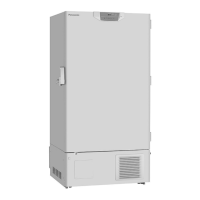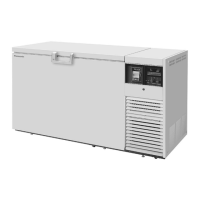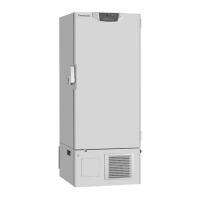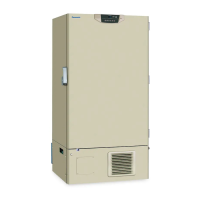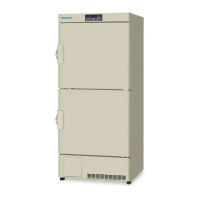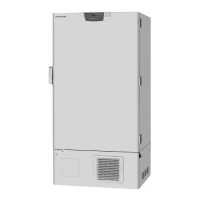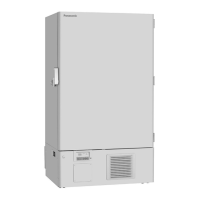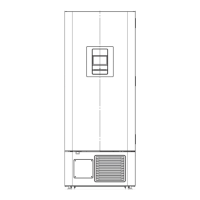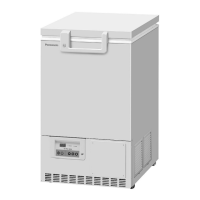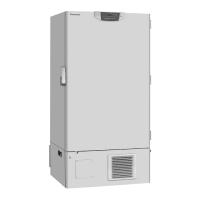What to do if my Panasonic KM-DU73Y1 Freezer chamber is not cooling?
- LLauren WeaverAug 6, 2025
If your Panasonic Freezer chamber isn't cooling, first ensure the circuit breaker of the power source is active. Also, check if the voltage is too low; if so, call an electrician. Verify that power is supplied and the breaker isn't tripped. Avoid storing a large amount of items in the chamber all at once.
